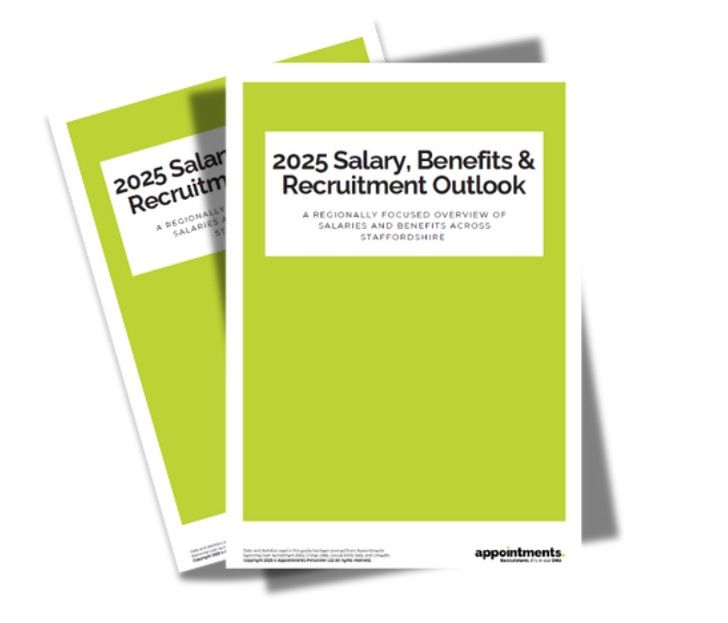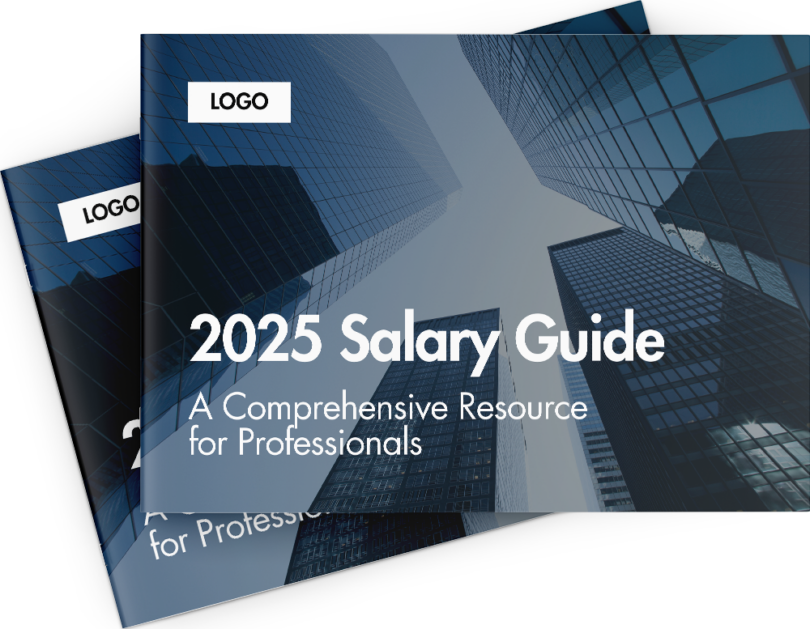
Share Article
Are you due a Recruitment Health Check in 2025?
Think of your recruitment strategy like your car before a long journey—without regular checks, you risk breakdowns at the most inconvenient times.
With 2025 bringing significant changes to employment law, wage structures, and employee protections, now is the perfect time to assess if your recruitment process is up to speed.
A Recruitment Health Check isn’t about finding fault—it’s about ensuring your hiring practices are equipped to handle the road ahead, avoiding costly detours like compliance issues, inefficiencies, or missed opportunities to attract top talent.
Why 2025 Is a Pivotal Year for Recruitment
This year will introduce some of the most impactful changes in recent times, including:
Increased National Minimum Wage: Employers will need to adjust pay structures by April 1, 2025.
Rising Employer National Insurance Contributions: Additional costs are on the horizon, effective April 6, 2025.
Zero-Hours Contracts Replaced by Average-Hours Contracts: Stability for workers means adjustments for employers.
New Employee Protections: Flexible working requests and unfair dismissal protections begin from day one.
Diversity and Inclusion Policies: A renewed focus on eliminating bias and creating equal opportunities.
Parental Leave Changes: Expanded rights for fathers and non-birthing partners in specific circumstances.
Neonatal Care Act 2023: Further parental rights coming into effect this April.
Navigating these changes without preparation could disrupt your operations and hiring processes.
What a Recruitment Health Check Can Do for You
A Recruitment Health Check takes a proactive approach to:
Ensure Compliance: Stay ahead of legal changes and avoid costly penalties.
Enhance the Candidate Experience: Review touchpoints to attract, engage, and retain top talent.
Strengthen Your Employer Brand: Showcase your business as a great place to work, attracting high-quality candidates.
Reduce Turnover: Find the right people for the right roles, minimizing costly employee churn.
Align Recruitment with Business Goals: Ensure your hiring plans and processes directly support your overall strategy.
Identify Process Gaps: Uncover inefficiencies that may be costing you time and resources.
Optimize Costs: Balance compliance with wage and NIC changes while staying competitive.
Why the Candidate Experience Matters
Today’s job market is competitive, and top candidates have options. A seamless and professional recruitment process not only attracts the best talent but also leaves a lasting positive impression. Conversely, a poor candidate experience could harm your employer brand and deter skilled professionals from applying in the future.
Why You Can’t Afford to Wait
Recruitment impacts every part of your business. Without regular checks, small cracks can turn into bigger problems. For example, overlooking compliance with the new average-hours contracts could lead to employee grievances or legal challenges. Similarly, failing to address diversity and inclusion could mean missing out on top-tier talent.
Future-Proof Your Strategy
Think of a Recruitment Health Check as preventative care for your business. It’s not about scaremongering; it’s about taking a clear-eyed look at your processes and making adjustments now to save time, money, and stress later.
By optimizing your recruitment practices, you can improve efficiency, enhance your employer brand, and align your hiring with your strategic goals—putting you in a strong position to thrive in 2025 and beyond.
Call to Action
Ready to future-proof your recruitment strategy? Book a Recruitment Health Check with us today.









